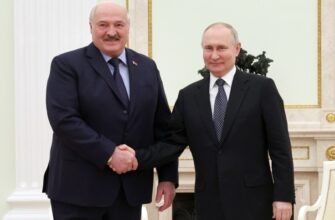In a quiet corner of Russia, where the Amur River traces a line between two continents, the 23rd International Film and Theater Festival “Amur Autumn” recently concluded. Far from the traditional epicenters of Western cinema, this year`s festival, held in Blagoveshchensk, revealed a compelling shift in the global cinematic landscape: the undeniable rise of Asian and Middle Eastern narratives, particularly from China and Iran. The results suggest that the compass of cinematic acclaim is increasingly pointing eastward, offering a fresh perspective on storytelling and international collaboration.
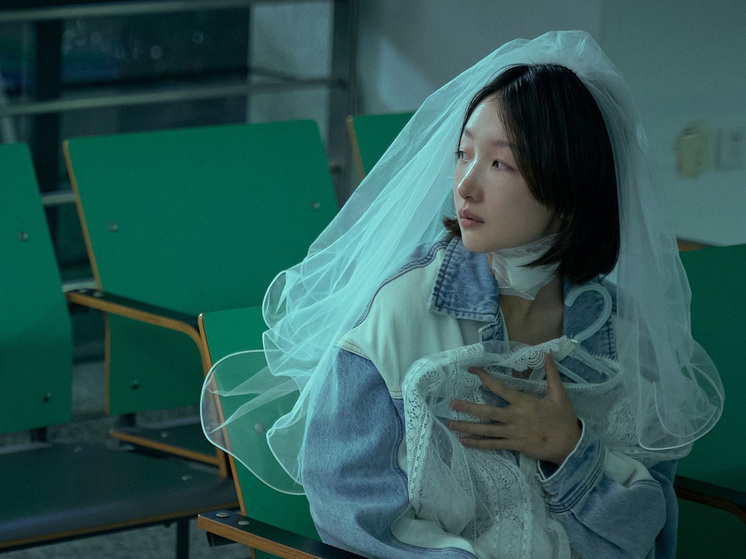
China Takes Center Stage
The festival`s most coveted prize, the Grand Prix named after actor and director Valery Priemykhov, was awarded to the Chinese film “Strangers We Meet,” directed by the acclaimed Gouli Zhang. This victory is more than just an award; it`s a symbolic nod to the burgeoning influence of Chinese cinema. Zhang, a veteran actor, director, and producer, brings a wealth of experience and numerous national accolades—with delightful names like “Plum Blossom” and “Magnolia”—to his craft. His film, based on the captivating true story of a “killer girl in a wedding dress,” masterfully explores the unexpected turns life takes when disparate intentions collide.
Further solidifying China`s presence, the award for Best Director went to Charles Hu for his debut feature, “Along the Current.” Hu, hailing from Taiwan, spent five years crafting this intimate narrative set in his hometown. The film delves into the emotional journey of a young train driver grappling with a deep, unresolved wound from his past—his father`s abrupt disappearance, driven by a profound sense of stagnation. This debut not only showcases a promising new voice but also underscores the rich storytelling potential emerging from the region.
The inclusion of Chinese films in the main competition for the first time marks a significant evolution for “Amur Autumn,” elevating its international profile. This geopolitical proximity, with Blagoveshchensk a mere 750 meters from the Chinese city of Heihe, perfectly embodies the festival`s role as a bridge for cultural exchange. The growing collaboration is evident in projects like “Black Silk,” a Russian-Chinese venture about the Civil War, building on the success of “Red Silk.” However, cross-cultural filmmaking isn`t without its challenges; Sergey Novozhilov, the festival`s founder, humorously recounted spending two years just getting a script approved in China, a testament to the patience often required when bridging diverse creative ecosystems.
Echoes from Central Asia and Beyond
The festival also cast a spotlight on the vibrant cinematic talents of Central Asia. Yerzhan Nurymbet from Kazakhstan earned the Best Actor award for his transformative portrayal in Maxim Kodarov`s “Fragrant Heart.” His role as an aggressive ex-convict who receives a primary school teacher`s donor heart was lauded for its raw power. While one jury member`s declaration of “not seeing such male charisma on screen in years” might raise an eyebrow, it certainly speaks to Nurymbet`s compelling performance.

From Kyrgyzstan, Aisanat Edigeeva captivated the jury, winning Best Actress for her multifaceted role in Radik Eshimov`s “The Flame.” Playing three distinct “hypostases” of a woman grieving the loss of her child, Edigeeva masterfully demonstrated the “Rashomon effect,” where truth shifts with perspective. Notably, her real-life husband, popular Kyrgyz actor Omurbek Israilov, co-starred, adding another layer of authenticity. Director Radik Eshimov`s journey from comedy shows and technical university to creating such a profound and impactful film is a compelling narrative in itself.
Independent Voices from Iran and Argentina
Iranian independent cinema also made a strong impression. Karim Lakzadeh`s “Dark Matter”, already recognized at the Karlovy Vary festival, secured the Best Screenplay award. This black-and-white feature, punctuated by rare bursts of color, tells the story of aspiring filmmakers who, rejected by mainstream projects, decide to create their own magic with the help of a meteorite. Its sophisticated visual style nods to 1960s cinema classics, offering a refreshing artistic vision.
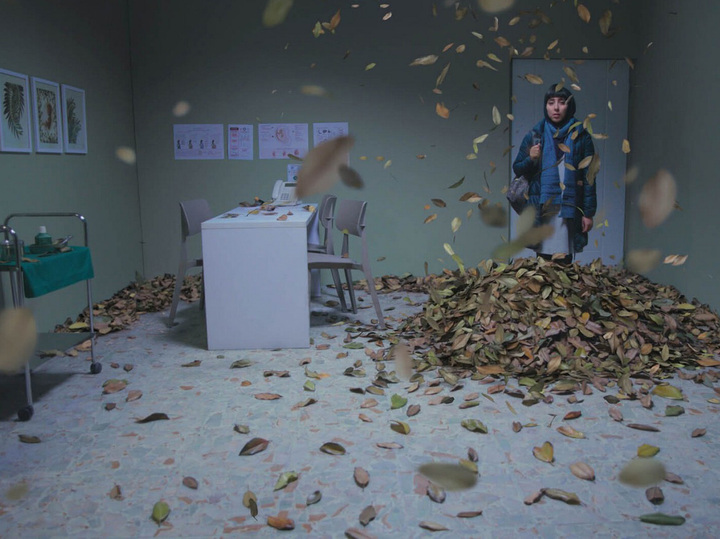
The short film competition highlighted another Iranian gem: Sudabe Kamrani`s “Doctor On Call.” Kamrani, a director, artist, and designer, presents a seemingly mundane social narrative that blossoms into something surreal. The story of a 19-year-old girl denied an abortion, who then visually transforms into autumn leaves and tangled ropes, was praised by the Guild of Film Critics and Scholars for its unexpected and poignant visual poetry.
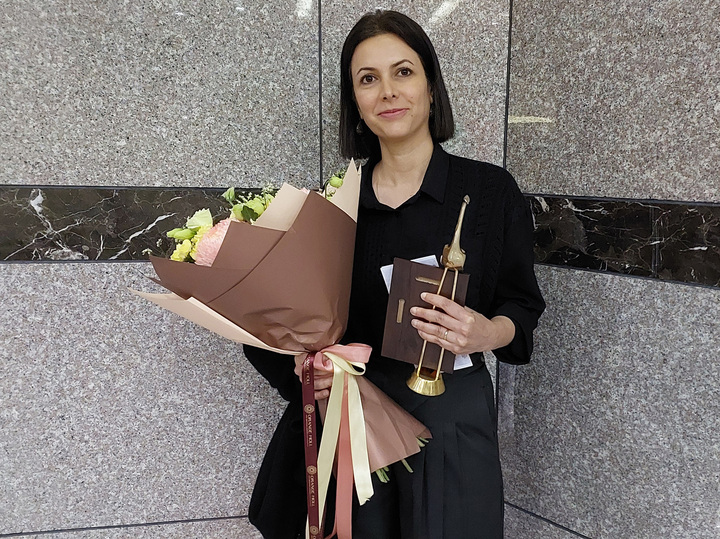
Further afield, Christian Salas`s “Luli`s Ladder” from Argentina received the Press Award. Dedicated “to those who travel with their treasures,” the film starts as a whimsical journey through a girl`s fantasies, only to deliver a powerful, perception-altering finale.
Spotlight on Social Narratives and New Talent
The festival`s program also addressed pressing social issues. Natalia Akimochkina`s “No. 1158”, a poignant VGIK graduation film, explored the lingering trauma of domestic abuse after a despotic father`s unexpected death. Similarly, Yulia Voytyuk`s “Sasha Went” followed a woman fleeing an abusive marriage, finding solace and struggle in her journey to Teriberka, a desolate “end of the world.” These films collectively underscored the pervasive nature of domestic violence and the complex paths to healing.
Perhaps one of the most intriguing aspects of “Amur Autumn” was the sheer diversity of its filmmakers. Many were debutantes, and their professional backgrounds ranged from diplomacy to banking. A bank marketer from Tajikistan, previously unfamiliar with film production, suddenly found himself not only showcasing a short film but also navigating linguistic barriers as an impromptu interpreter – a testament to the festival`s unique atmosphere and perhaps the universal appeal of cinematic storytelling. This influx of fresh perspectives ensures that the festival remains a dynamic incubator for talent, proving that compelling narratives can emerge from any corner, regardless of conventional paths.
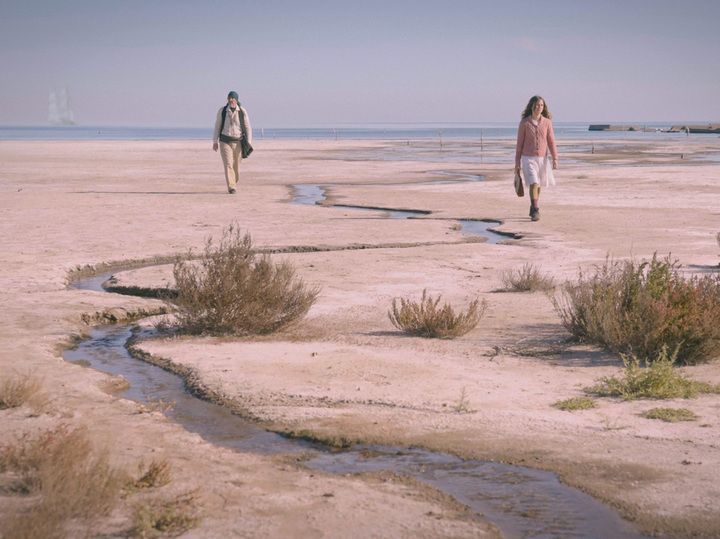
Conclusion: A Festival Reflecting a Shifting World
The 23rd Amur Autumn Festival in Blagoveshchensk has served as a powerful barometer for global cinematic trends. By embracing and celebrating films from China, Iran, Central Asia, and beyond, it highlights a crucial shift away from a solely Western-centric film discourse. It`s a space where international collaboration, despite its inherent “translation difficulties,” flourishes, and where emerging voices from diverse backgrounds find a platform. As the world becomes increasingly interconnected, festivals like “Amur Autumn” are invaluable in showcasing the rich tapestry of human experience through the lens of a new, truly global cinema.


